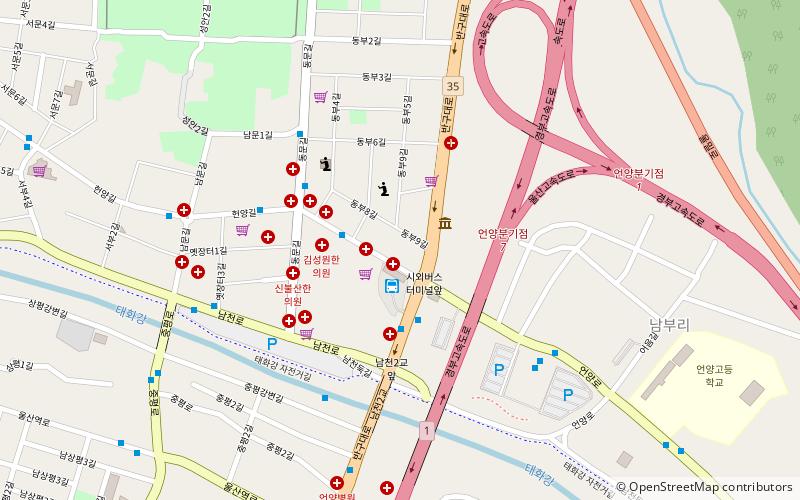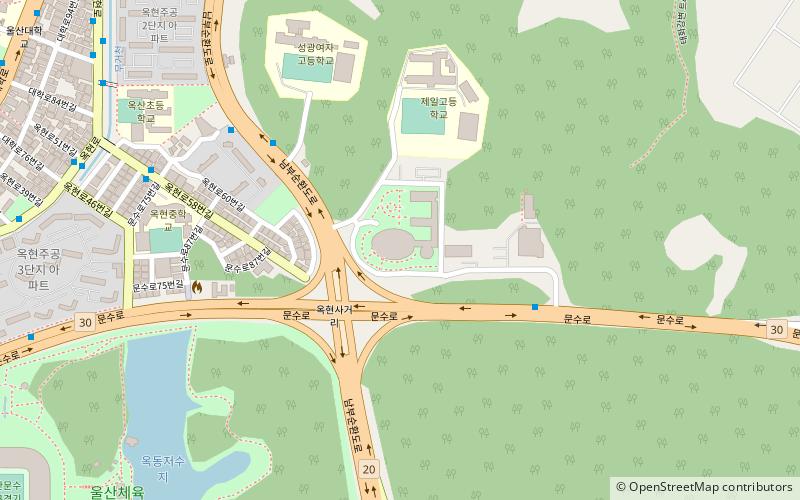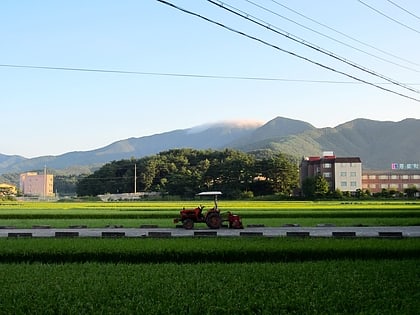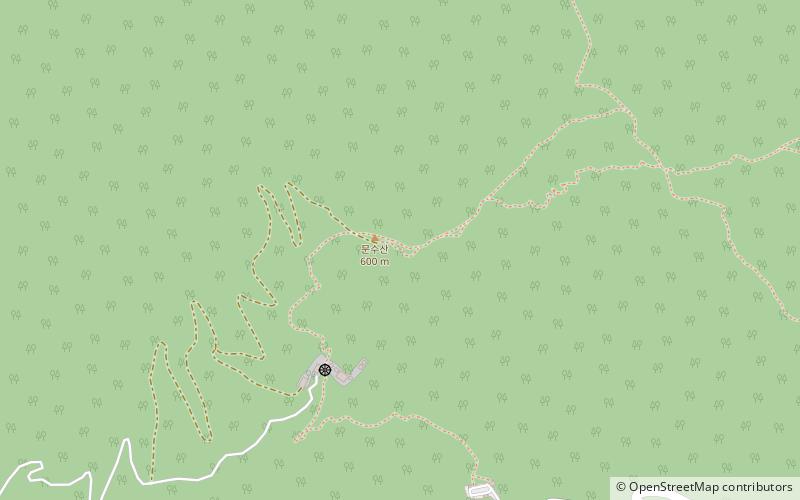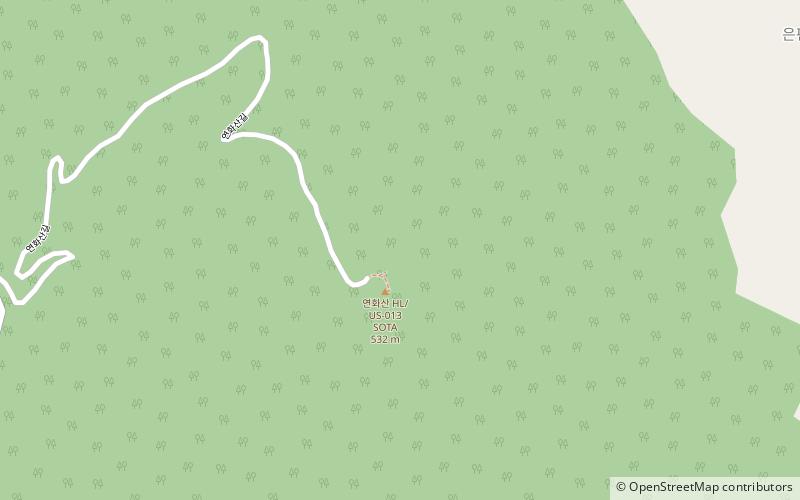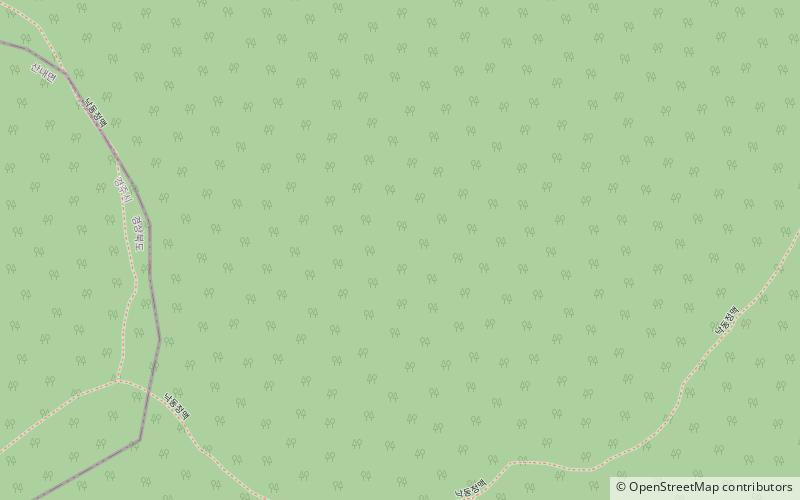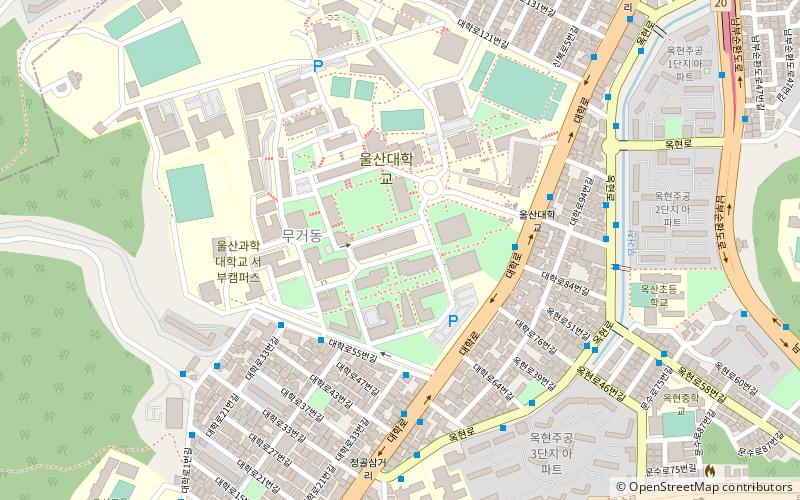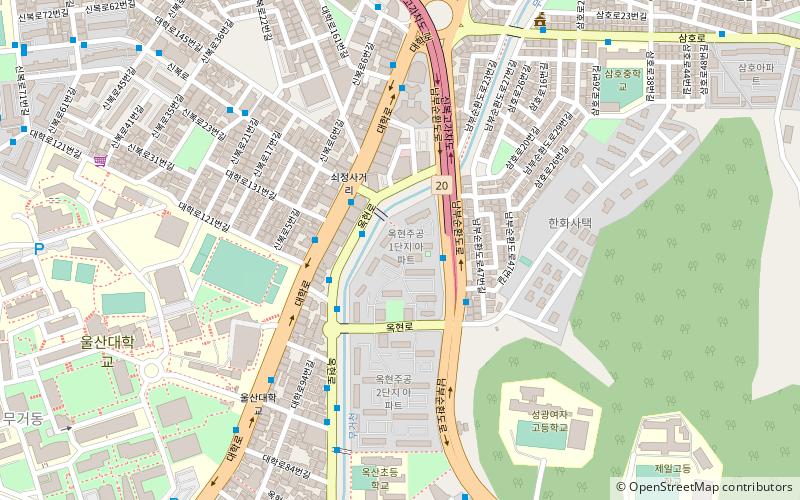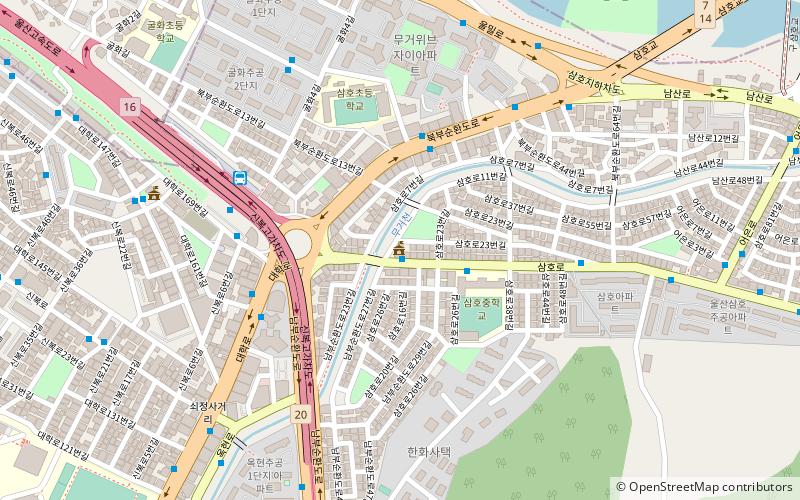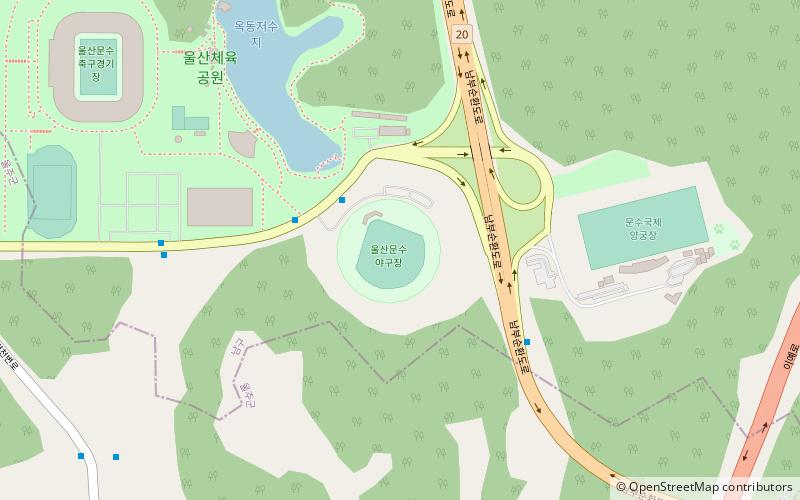Bangudae Petroglyphs, Ulsan
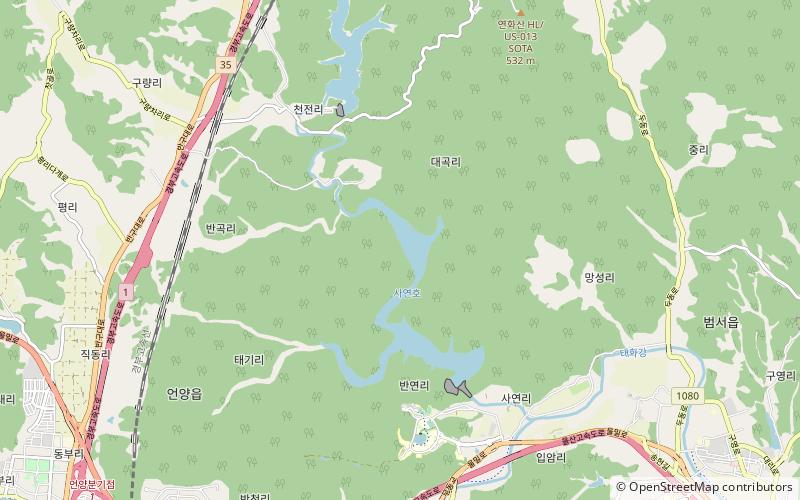
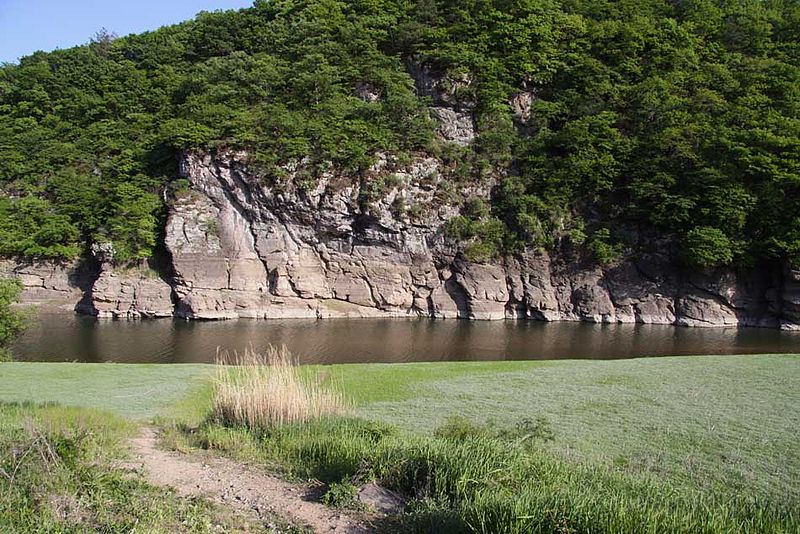
Facts and practical information
The Bangudae Petroglyphs, nestled in the coastal city of Ulsan, South Korea, represent a remarkable window into prehistoric life. This archaeological site is celebrated for its extensive array of rock carvings, believed to date back to the Neolithic Era and Bronze Age, between 7,000 and 3,500 years ago.
These petroglyphs, etched into the sheer face of a large rock panel, offer an invaluable glimpse into the spiritual and daily lives of the people who lived in the Korean Peninsula thousands of years ago. The images depict a variety of scenes and figures, including animals such as whales, deer, and turtles, as well as evidence of human activities like hunting and fishing. The intricate carvings are not only artistic expressions but also provide insights into the animistic beliefs and rituals of the ancient inhabitants.
The Bangudae Petroglyphs have been designated a National Treasure of South Korea, underscoring their historical and cultural significance. The site continues to be an object of study for archaeologists and historians, who work to unravel the stories and practices of Korea’s distant past.
Visitors to the Bangudae Petroglyphs can observe the carvings from a viewing platform, allowing them to appreciate the artistry and significance of these ancient works without causing damage to the delicate stone surface. The site is an essential stop for anyone interested in the prehistoric era of Korea, offering a direct connection to the lives and beliefs of people who lived millennia ago.
Ulsan
Bangudae Petroglyphs – popular in the area (distance from the attraction)
Nearby attractions include: Eonyang Market, Ulsan Science Museum, Eonyang, Ulsan Munsu Football Stadium.

